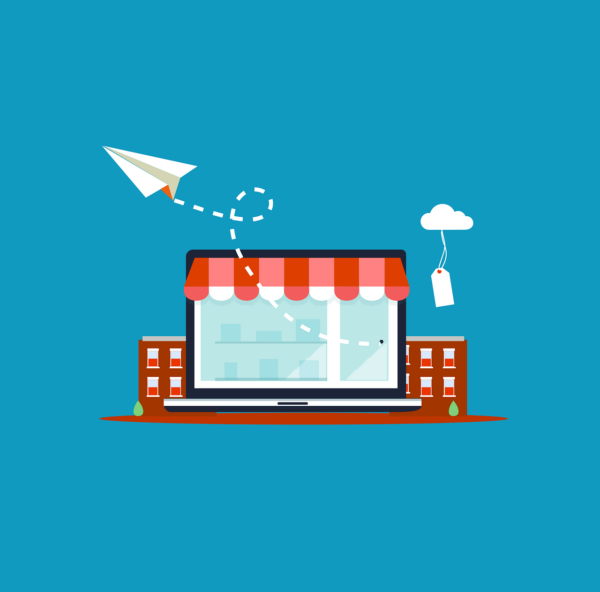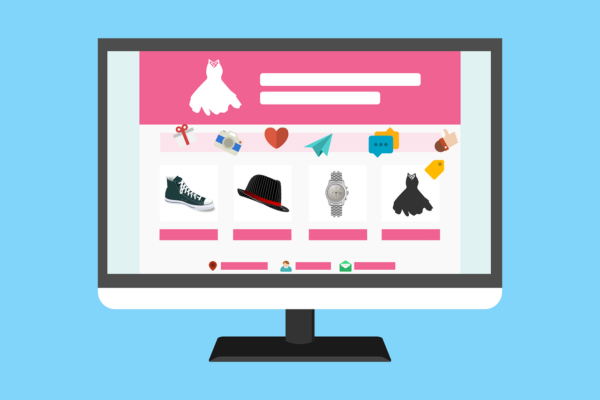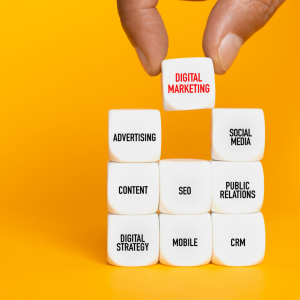As the shift from offline to online accelerates amidst the global pandemic, it has become crucial to get a higher ROI from your existing activities rather than putting time and money in scaling up. For this, it’s imperative that businesses fill gaps in the customers’ journey through website optimization. Important components to consider for this purpose are – the layout, ads, analytics, remarketing, and conversion-friendly content. In this article, we dive into these aspects and how companies can leverage them effectively for better economic recovery in these challenging times.

- Focus on the website layout for a smooth browsing experience
We’ve observed that many website designs are not inherently conversion friendly. The website layout must be easy-to-use, intuitive, goal-oriented, and responsive. There are certain details that consumers want to know right off the bat; information that will influence their decision of whether to buy from you or not. Such relevant information must be included above-the-fold to incentivize users. High converting e-commerce websites consist of smooth navigation, prominent search bar, well-defined category and product pages, best sellers featured on the homepage, interlinking between pages, social proofs and easy checkout.
Landing pages usually fail to convert when there is a misunderstanding of what the prospect wants. Unintuitive design, poor headlines and weak call to action (CTA) are some of the most common mistakes. Best practices for landing pages include crucial information such as delivery time, CTA in a bold color so it stands out, product demonstration videos, and scarcity techniques such as a limited stock or offer period to create a sense of urgency.
- Optimize your ad campaigns for a higher conversion rate
For better conversions, you should select the right channels based on the stage of the marketing funnel and structure the ad campaigns as per industry best practices. For effective targeting, focus on highly relevant keywords and audiences, exclude irrelevant ones, bid aggressively on the top-performing ones and allocate higher campaign budgets to them. This not only helps in controlling your ad spends but also in getting better conversions and ROI. Moreover, your ad copies, audience targeting, and landing pages should all be in sync with each other.
- Use extensive data analytics for an effective sales funnel
By understanding the behavior flow of your users, you can figure out weak spots in your sales funnel. Use excessive A/B testing to optimize your landing pages, ad campaigns and user journeys. Once you identify those areas, you can take measures to reduce the bounce rates and boost revenue. For instance, if you see that 80% of your traffic is from people between the ages of 25 and 40, then you can tweak the messaging and tonality of your website content to suit this age group. Additionally, you should spend a significant portion of your marketing budget targeting people in this demographic. Once this is done, use analytics to personalize the content you show to visitors based on the different elements that matter to them as buyers, such as geography, device and browser, search terms, demographics, and so forth.
- Focus on remarketing for a higher chance of conversion
Retargeting, when done well, is a powerful, data-driven tool to improve conversion rates. Remarketing to existing site visitors taps into the interest they showed by navigating through your website. Different visitors have different goals and interests. The key step is to use information such as the products they view, web searches, and social media to personalize messaging, remarket and re-engage with them effectively. Successful remarketing can make your loss-making e-commerce portal a profitable one.
- Create engaging content for a better shopping experience

Whether you are optimizing existing pages or creating new ones, there are certain fundamental rules to be followed to get better results. Visual content plays a huge role in conveying your main value proposition. Higher quality images and videos lead to higher conversions and make up for the touch-and-feel factor offered by offline stores. Apart from this, make your titles and product description more user-friendly. Explain to consumers how your product will help them or solve their problem. Add pricing, specifications and shipping information so that people can skim all the essential information in one go. Be sure to add trust signals such as reviews, testimonials and FAQs to drive the shopper from consideration to conversion. Ultimately, it will positively influence how a visitor interacts with your page and increase the likelihood of a conversion.
—
In a nutshell, understanding customer behavior and optimizing your website accordingly is more important than ever as we head further into uncharted territory. Tweaking layout, streamlining messaging and personalizing content across your site to cater to changing shopping needs is essential for a seamless conversion funnel. As shopping moves almost exclusively online, it may have a lasting impact on consumer behavior in the long run. Retailers must take action and facilitate the evolving needs of consumers sooner rather than later.
Digital & Social Articles on Business 2 Community
(34)
Report Post






